
Wellington Eye Centre Optometrist
IPL stands for “Intense Pulsed Light”. IPL is a medical technology used to treat a number of skin conditions. It is also used by ophthalmologists and optometrists as an effective treatment for dry eye.
Plastic surgeons, cosmetic doctors and beauty therapists all use IPL to treat a number of skin conditions, such as:
- hair removal
- skin rejuvenation
- spider veins
- sun damage
- acne
Ophthalmologists and Optometrists can use the same device to treat some dry eye problems.
An IPL machine produces very intense flashes of light which, when applied to the surface of the skin, can treat certain conditions. The concentrated light heats brown pigment and red veins, such as those caused by sun damage, and reduces these blemishes without breaking the surface of the skin. Typically, IPL devices use a treatment head which is applied to the skin through a layer of clear water-based gel. The flashes are extremely bright and of very short duration, much like a flash used in photography.
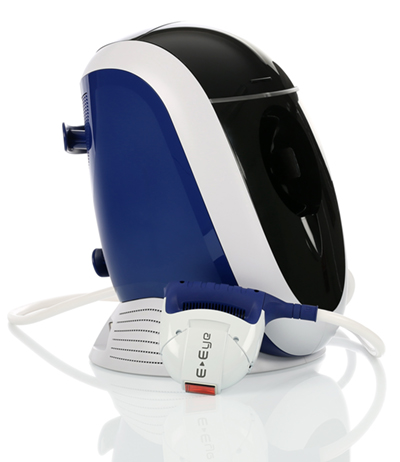
Do you have Dry Eye Syndrome?
Dry Eye Syndrome (DES) is a common condition that affects over 20% of the population. It affects women more than men and becomes more common with age.
Dry Eye Syndrome is sadly underdiagnosed. Dry Eyes can cause several eye problems; such as grittiness, redness, eye strain, and blurred or fluctuating vision.
There are two main types of dry eye; aqueous deficiency and evaporative dry eye:
- Aqueous deficiency is due to insufficient tears being produced to keep the surface of the eye adequately lubricated.
- Those with evaporative dry eye have sufficient tear production, but those tears evaporate too quickly, leaving the surface of the eye exposed. This is due to Meibomian Gland Dysfunction where the Meibomian oil glands in the eyelids do not function properly.
In most cases, people with dry eye syndrome are affected by a mix of Aqueous Deficiency and Evaporative Dry Eye.
IPL treatment is mainly used for the treatment of evaporative dry eye.
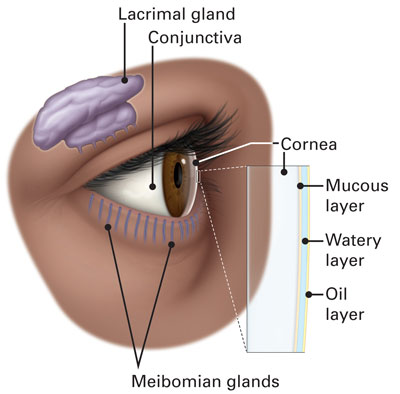
How does the IPL treatment for dry eye work?
Firstly, the intense flashes of light raise the temperature in the eyelids, softening the blocked-up oil in the Meibomian glands. This allows the oils to flow more freely and to be more effective in preventing tear evaporation.
The treatment also reduces levels of inflammatory cytokines in the eyelids. Cytokines are chemicals produced by the body which cause inflammation. The reduction in cytokines in the eyelids and surrounding Meibomian glands reduces inflammation, which is part of the Meibomian gland dysfunction.
Finally, IPL appears to reduce levels of abnormal bacteria on the skin of the eyelids. This also reduces inflammation in and around the Meibomian glands.
How many treatments of IPL do you need?
A typical dry eye treatment consists of six to eight light flashes applied to each lower eyelid. The treatment is then repeated on three additional separate occasions;
- treatment two (15 days after the first treatment),
- treatment three (45 days after the first treatment)
- and then treatment four (75 days after the first treatment).
After these four treatment sessions, most people benefit from one annual treatment session.
Is IPL treatment for dry eye safe?
To protect the eyes during the IPL treatment, porcelain goggles are worn which completely block the light from reaching the eyes. To protect the skin on the cheeks and eyelids, a thick layer of clear water-based gel is applied to the area likely to be in range of the IPL flashes. Following the treatment there may be some mild reddening of the skin over the lower eyelids and upper cheekbones – this should subside within 24-48 hours.
IPL has been used for over two decades to treat various skin conditions, it is only more recently that it has been used for treatment of dry eye. A series of studies into the safety of IPL treatment for Meibomian Gland Dysfunction concluded that it was a safe and effective treatment.
Here is a video of how an IPL machine is used in the treatment of dry eye. It shows the application of the flashes to the lower eyelids through to how this works to help with Meibomian Gland Dysfunction:
What other treatments are available to treat Dry Eye Syndrome?
IPL is mainly used to treat evaporative dry eye caused by Meibomian gland dysfunction. However, it’s not the only treatment used for dry eye and if it was used by itself, would probably be only marginally helpful.
It can be used in conjunction with a few different treatments, such as:
- Artificial tear eye drops, some of which are specifically designed to help evaporative dry eye. These are meant to treat the symptoms of dry eye, not the cause.
- Omega-3 oral supplements can make a big difference in the treatment of evaporative dry eye.
- Devices called punctal plugs are often used to treat dry eye. These are tiny silicone rods placed on the opening of the tear ducts, which reduce how quickly your tears drain away. Allowing the existing natural tears to remain on the surface of the eye for a longer period of time.
- Finally, there is a medication available called Restasis which actually increases tear production.
Is IPL effective in treating dry eye?
There have been a number of studies carried out in the last seven years which have shown that IPL is beneficial for most patients with evaporative dry eye.
A clinical trial carried out in France in 2013 reported on 80 patients with Meibomian Gland Dysfunction (a common cause of dry eye); they showed a 90% satisfaction rate after a series of three treatments carried out over 45 days.
Associate Professor Jennifer Craig from the University of Auckland carried out a clinical trial of IPL in 2014. 45 days after having three IPL treatments patients demonstrated a more stable tear film and 86% of the study participants reported reduced symptoms of dry eye.
The Wellington Eye Centre no longer offers IPL treatment to outside patients. Here are a few places that do offer IPL in Wellington:
Thorndon Eye Clinic
Black Gates Optometrists
If you have any further questions about dry eye, or would like to see our specialists to talk through your symptoms and recommended treatments, you can email or call us on 0800 733 327 to speak to a member of our team.

Festive Season and Your Eyes

Vitamins For Good Eye Health and Vision
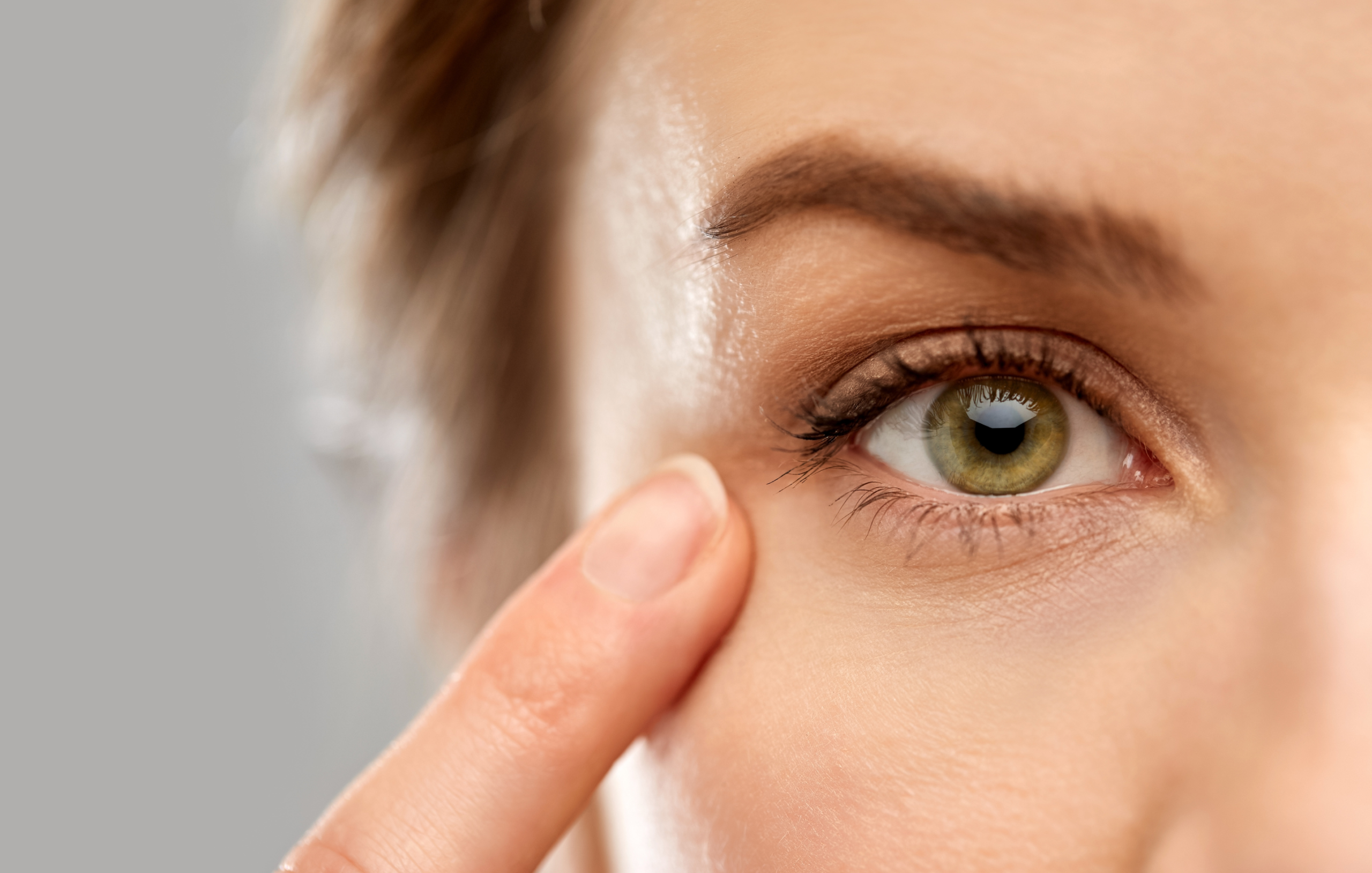
Help my eyelid is twitching!
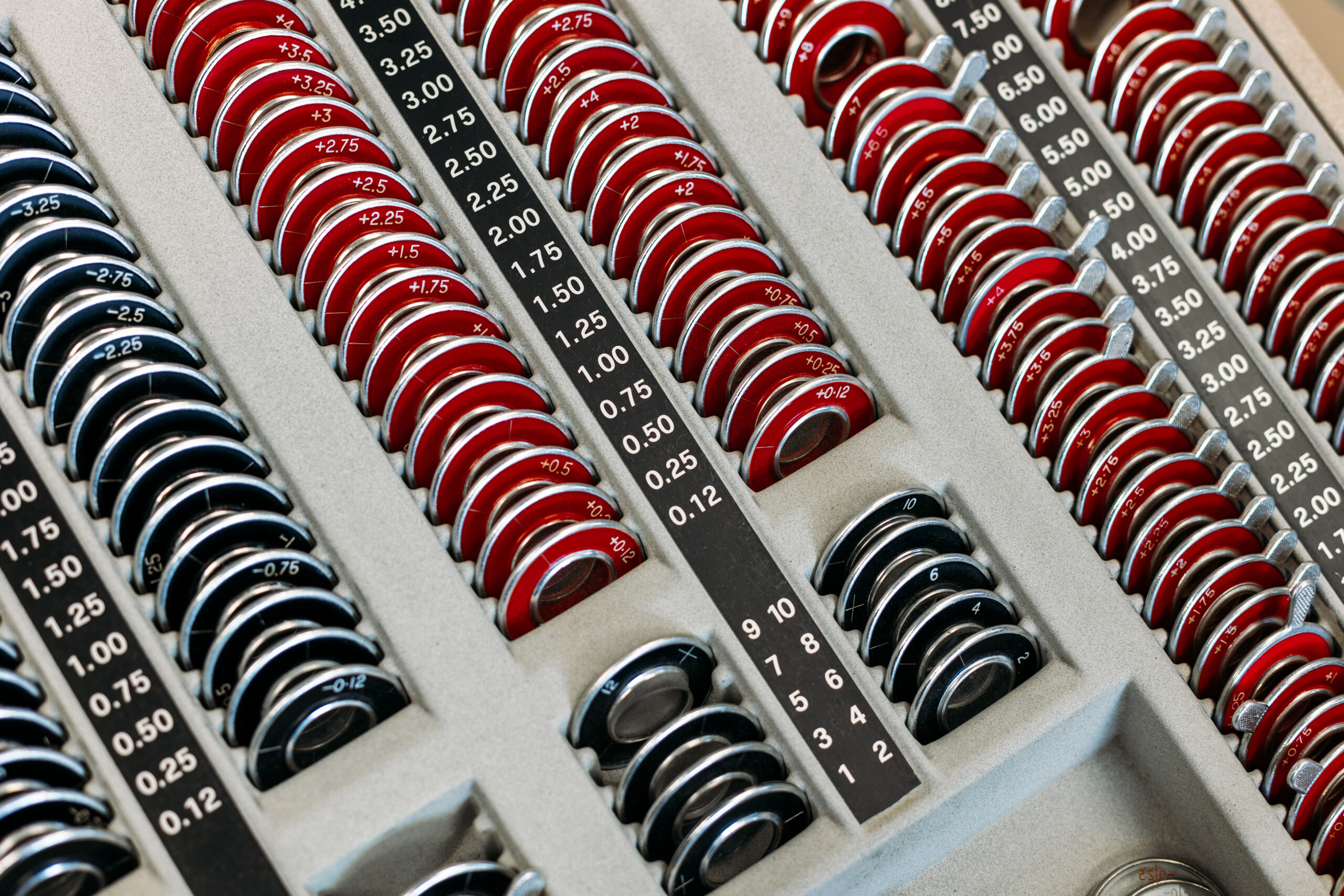
Do you need to have eye exams after laser eye surgery?
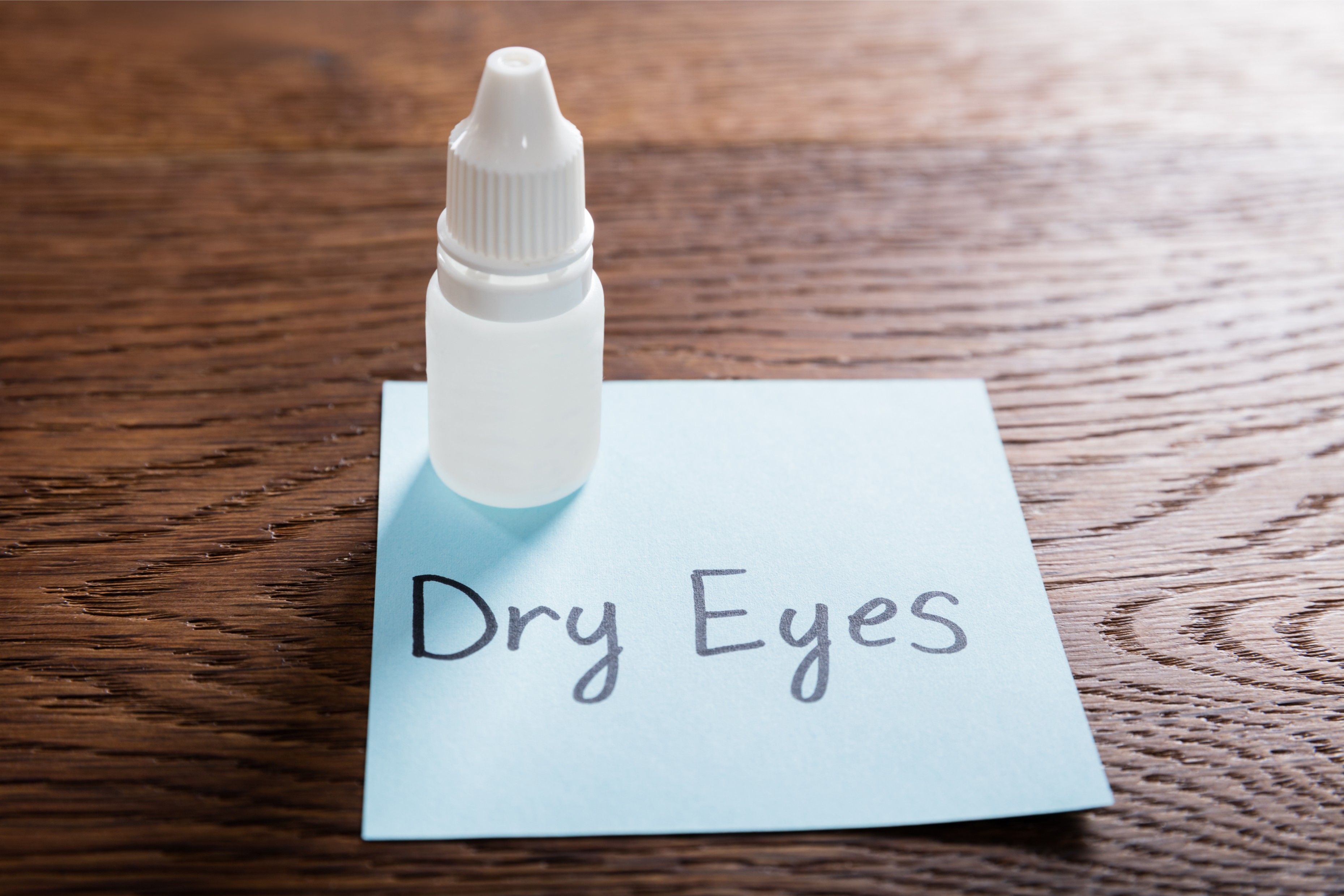
Restasis Eye Drops for the Treatment of Dry Eyes
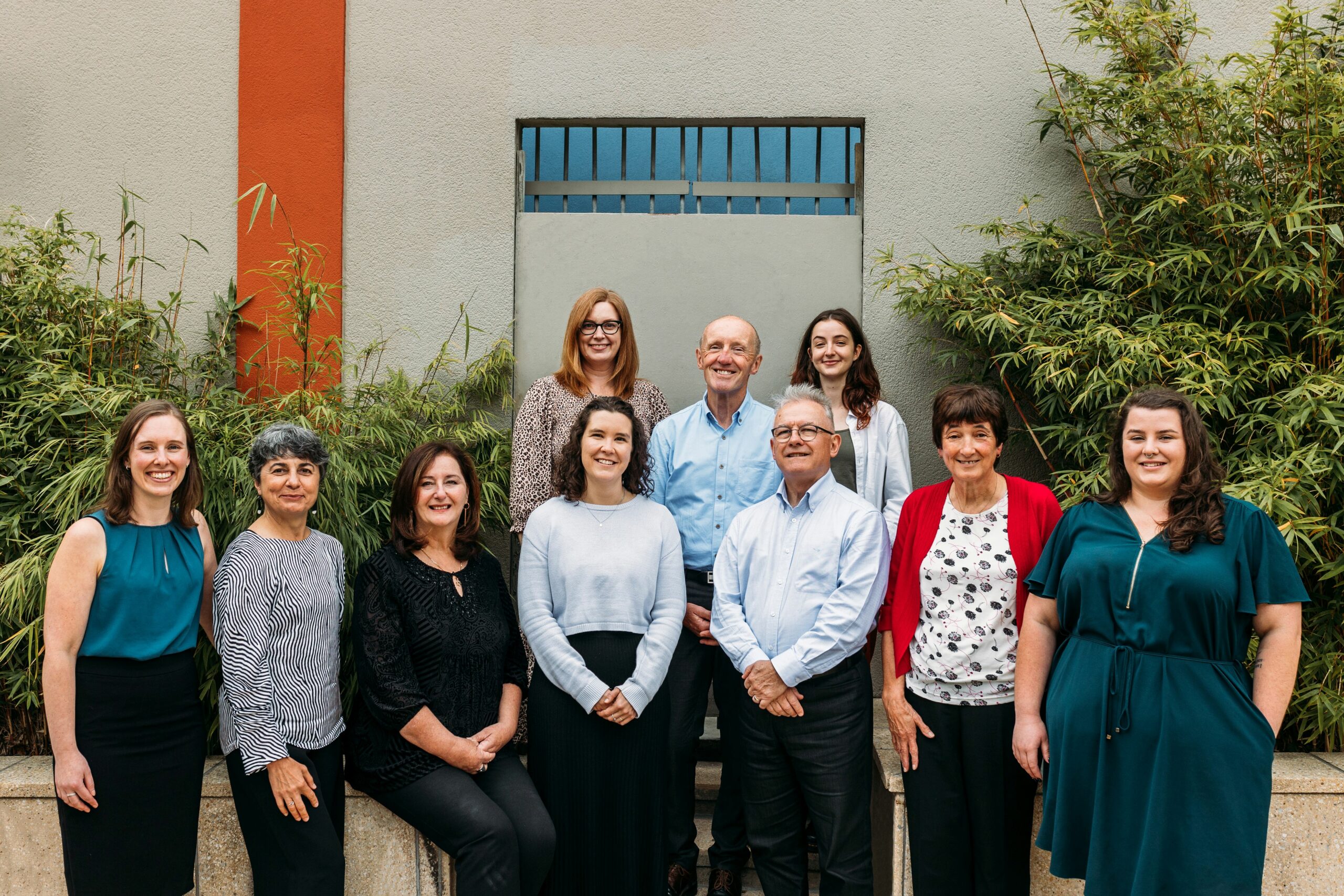
Meet The Team at the Wellington Eye Centre

Festive Season and Your Eyes

Naumi Studio Hotel Wellington
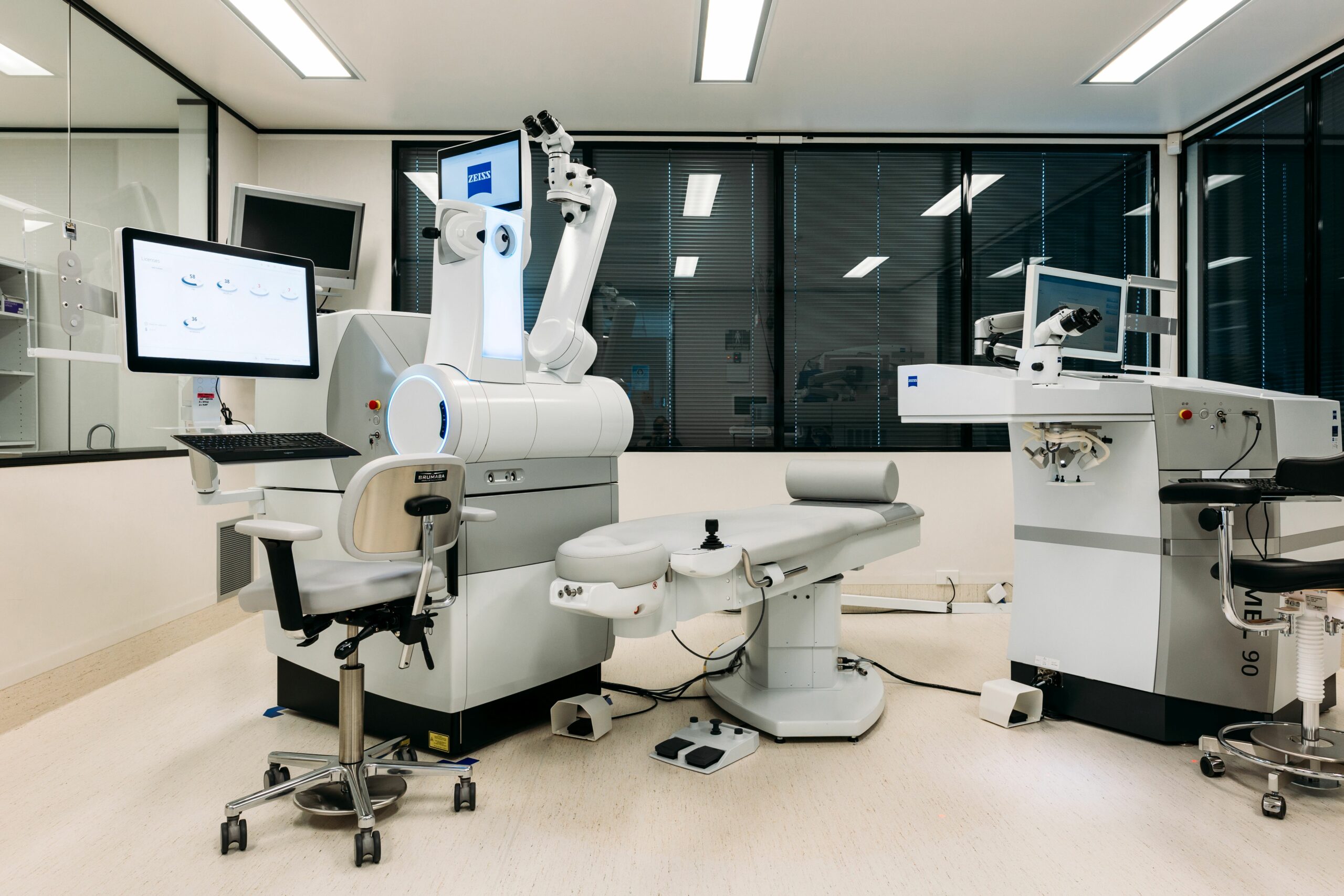
What to Expect on The Day of Surgery

